China’s currency crisis explained
US accuses Beijing of deliberately weakening the yuan to gain unfair trading advantages
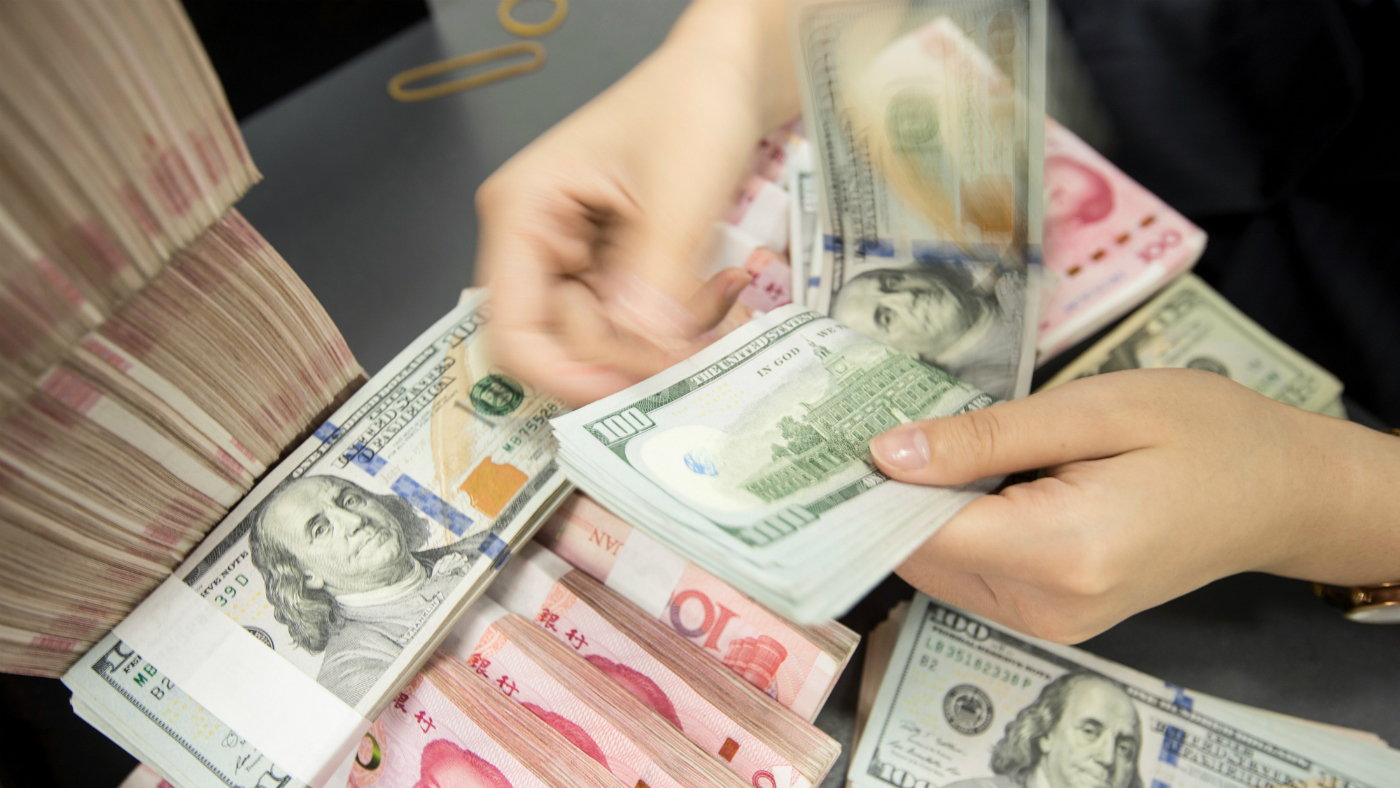
The US has officially labelled China a “currency manipulator” as the trade war between the world’s two largest economies escalates.
The announcement by the US Treasury comes after the Chinese yuan plunged beyond seven per dollar for the first time since 2008.
London-based research consultancy Capital Economics now predicts that the yuan will end the year at 7.30 per US dollar, up from previous forecasts of 6.90, the BBC reports.
The Week
Escape your echo chamber. Get the facts behind the news, plus analysis from multiple perspectives.

Sign up for The Week's Free Newsletters
From our morning news briefing to a weekly Good News Newsletter, get the best of The Week delivered directly to your inbox.
From our morning news briefing to a weekly Good News Newsletter, get the best of The Week delivered directly to your inbox.
In a series of tweets on Monday, US President Donald Trump claimed that China “has always used currency manipulation to steal our businesses and factories, hurt our jobs, depress our workers’ wages and harm our farmers’ prices.”
“Not anymore!” he added.
What is a currency manipulator?
Government authorities give countries the label of currency manipulator for engaging in currency interventions intended to influence exchange rates or international trade.
A free daily email with the biggest news stories of the day – and the best features from TheWeek.com
The US is accusing China of a common type of manipulation in which a country weakens its own currency to subsidise exports and make its domestic products cheaper around the world.
That means that by manipulating the yuan to become weaker, other countries - including the US - pay more to export their products to China.
The last time the US used the currency manipulator label was in 1994, when Bill Clinton’s administration made the accusation against China.
So how has the yuan been weakened?
The People’s Bank of China (PBOC) has denied engaging in “competitive devaluations”, and insists the slump in the yuan was driven by “unilateralism and trade protectionism measures and the imposition of tariff increases on China”, reports the BBC.
Bank governor Yi Gang this week said that China would not “target exchange rate for competitive purposes”.
However, in the past, the PBOC has intervened to stop the value of the yuan from breaking the seven-per-dollar mark, yet now appears to have willingly allowed the currency to slide.
The policy shift has been widely seen as an attempt to offset the impact of Trump’s vow to impose 10% tariffs on $300bn (£245bn) of Chinese imports to the US from 1 September.
What happens now?
When the Chinese yuan falls against the US dollar, Chinese products become cheaper in the US markets, while US products become more expensive in Chinese markets. This makes China more competitive internationally, and the US less so.
Yet while painful for the US, “allowing the yuan to weaken is not without risk for China” either, says Bloomberg. A similar policy shift in mid-2015 “spurred capital outflows and destabilised global markets, though tighter capital controls this time around should help prevent another exodus”, the New York City-based news site notes.
As for what happens next, many of the steps that the US would typically take after accusing a country of currency manipulation are already in motion, reports the Financial Times.
As such, the Treasury designation is seen by analysts as a largely symbolic move that paves the way politically for further tariffs, the newspaper says.
Indeed, Bloomberg economists David Qu, Qian Wan and Ye Xie write that “China appears to be posturing for worse to come in the trade war”.
“Letting the yuan weaken past seven against the dollar suggests it’s looking to buffer the economy from a more severe trade shock,” the trio conclude.
-
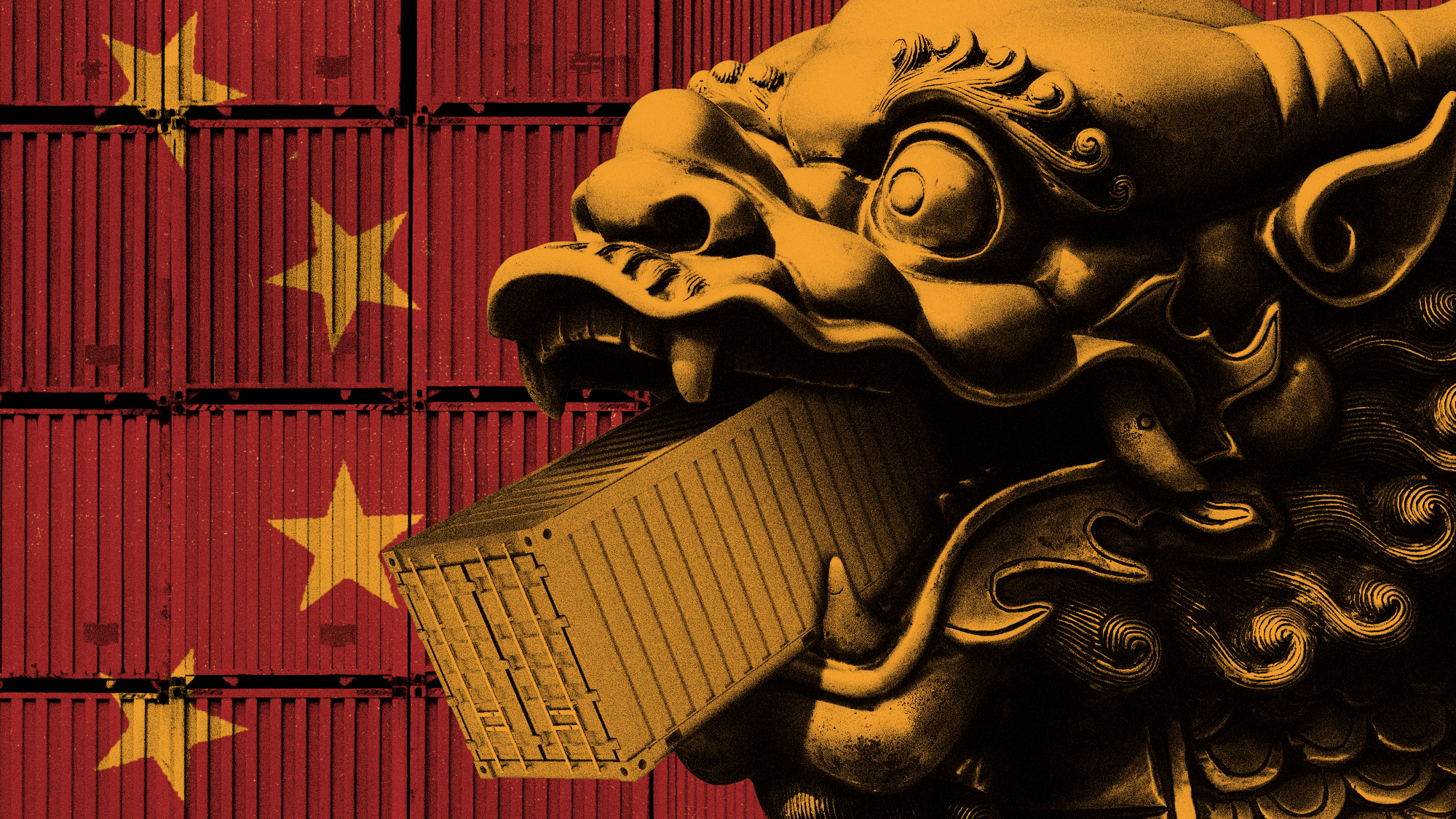 How will China’s $1 trillion trade surplus change the world economy?
How will China’s $1 trillion trade surplus change the world economy?Today’s Big Question Europe may impose its own tariffs
-
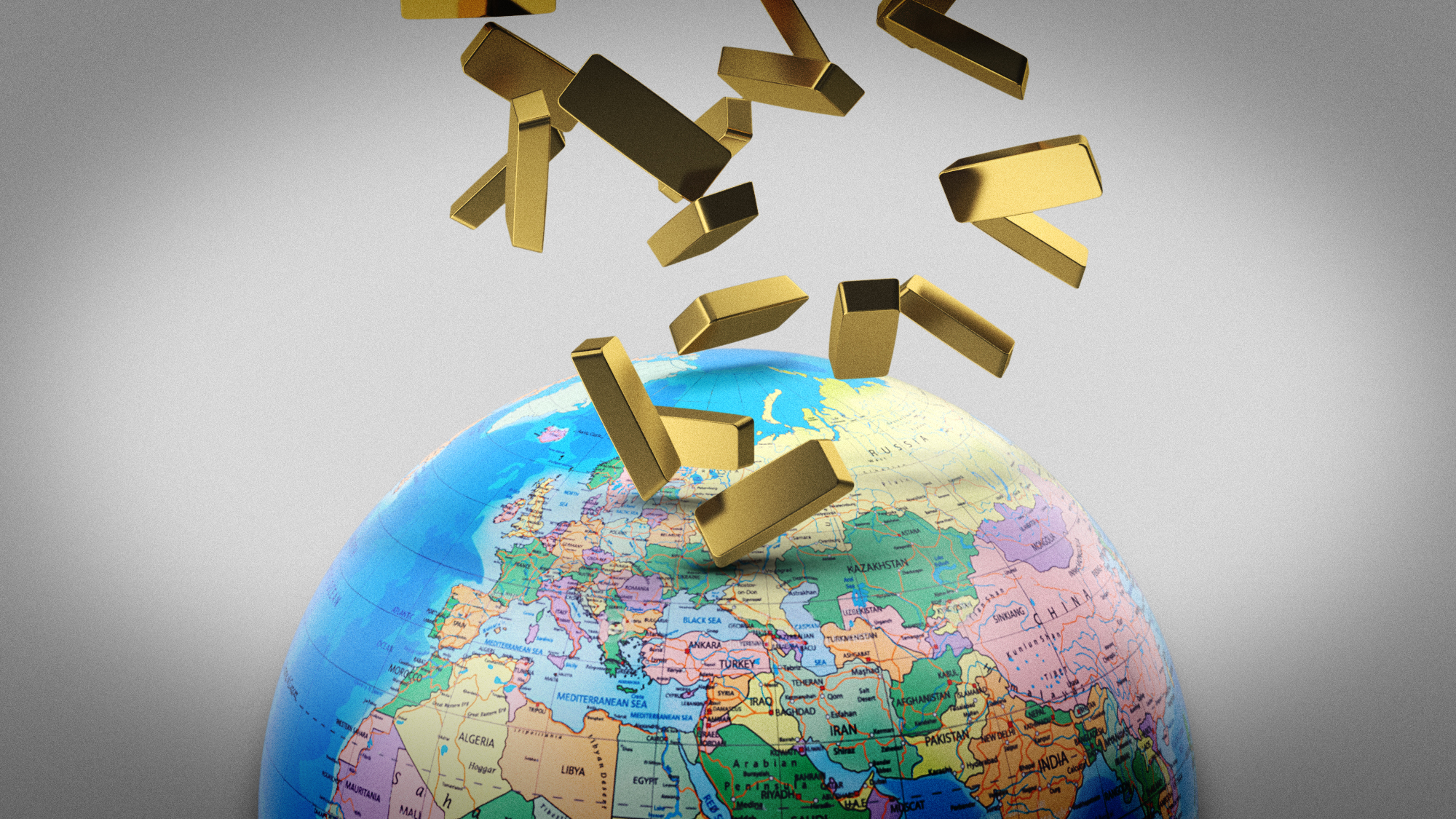 What a rising gold price says about the global economy
What a rising gold price says about the global economyThe Explainer Institutions, central banks and speculators drive record surge amid ‘loss of trust’ in bond markets and US dollar
-
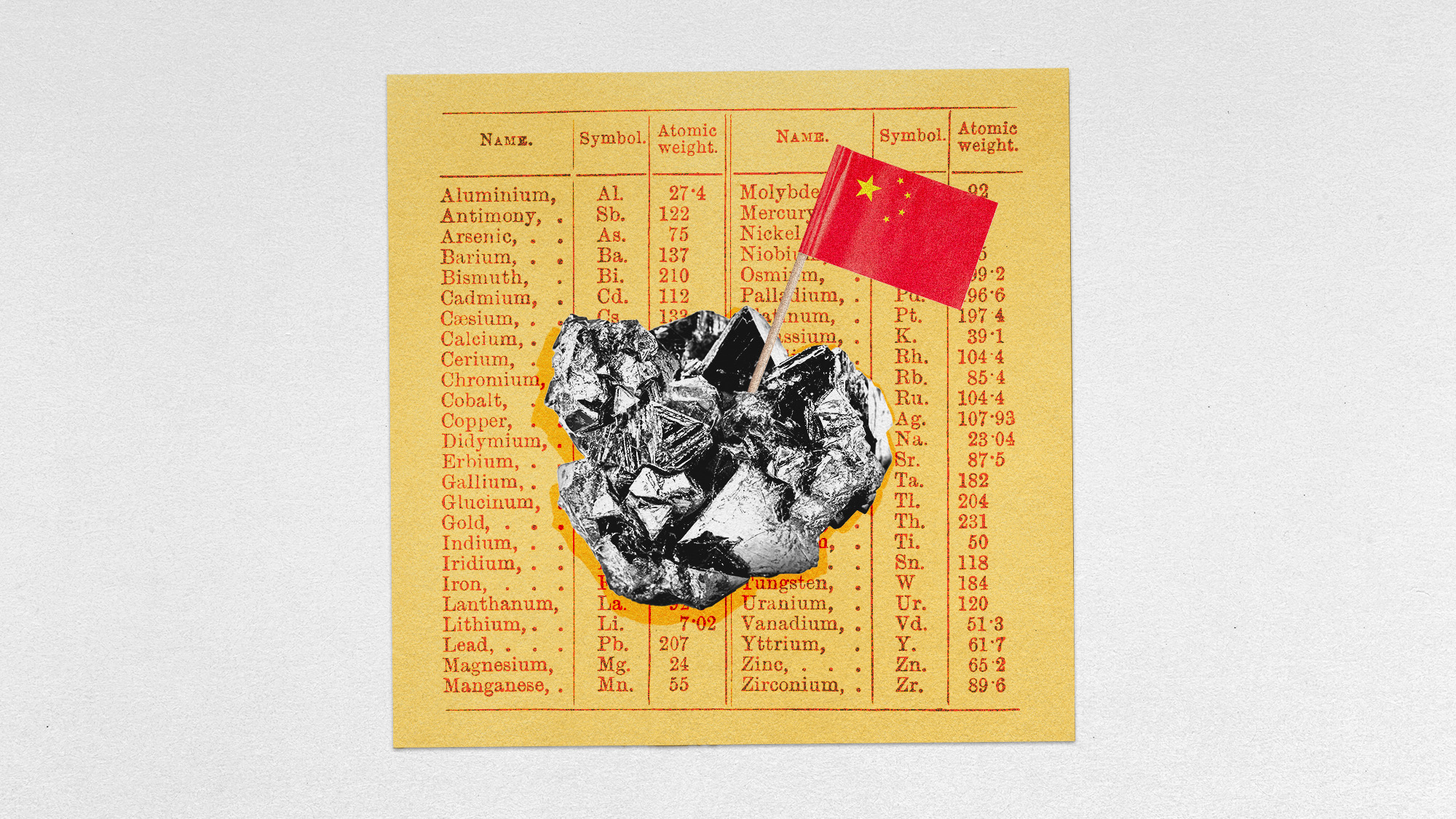 China’s rare earth controls
China’s rare earth controlsThe Explainer Beijing has shocked Washington with export restrictions on minerals used in most electronics
-
 Is Trump's tariffs plan working?
Is Trump's tariffs plan working?Today's Big Question Trump has touted 'victories', but inflation is the 'elephant in the room'
-
 Why has the Russian ruble performed so well this year?
Why has the Russian ruble performed so well this year?Today's Big Question Despite economic malaise, Russia's currency is up 45% on the year
-
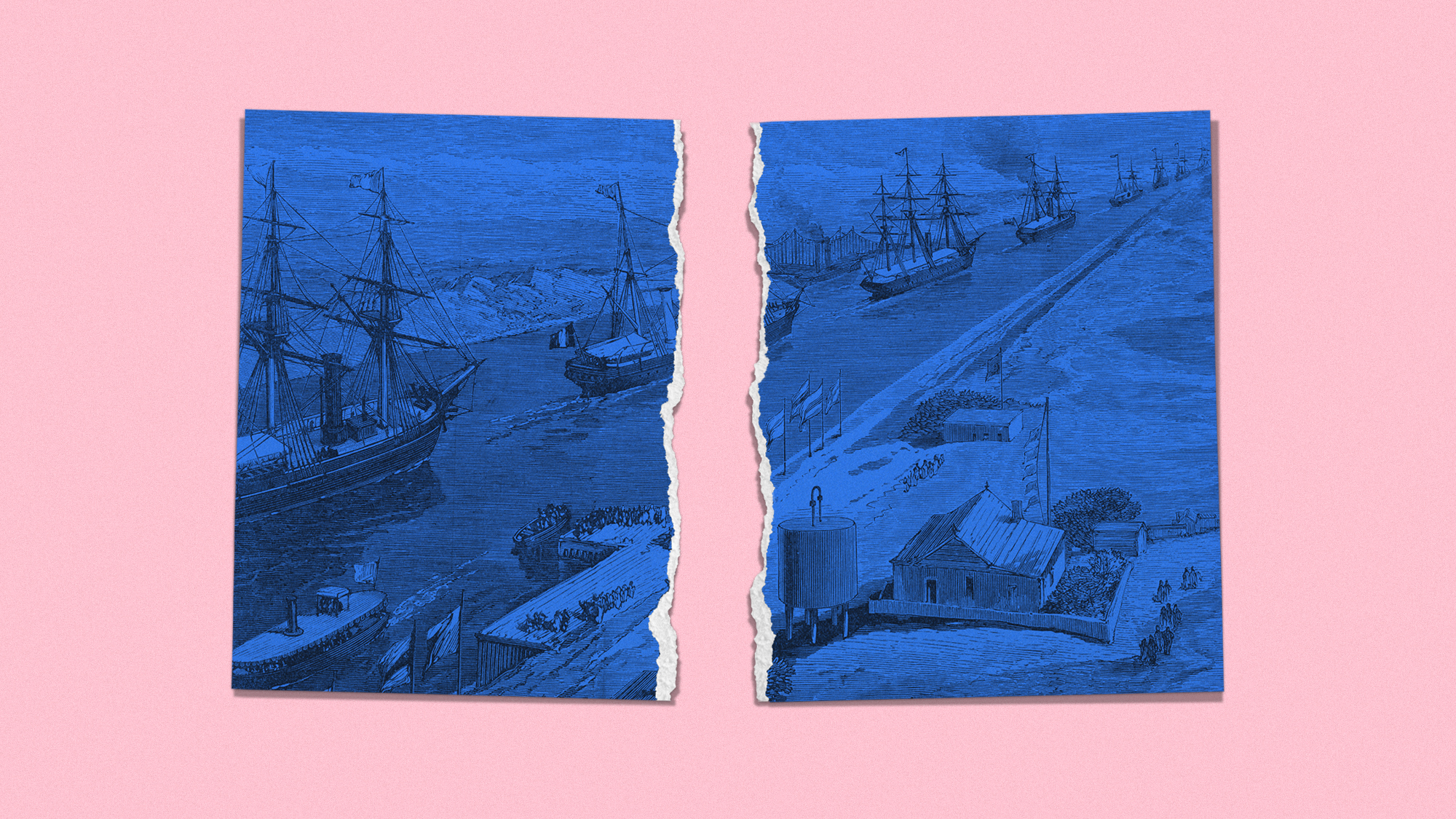 Why the world's busiest shipping routes are under threat
Why the world's busiest shipping routes are under threatThe Explainer Political tensions, mega ships and global warming offer new challenges – and opportunities
-
 Trump is trying to jump-start US manufacturing. Is it worth it?
Trump is trying to jump-start US manufacturing. Is it worth it?Today's Big Question The jobs are good. The workers may not be there.
-
 What is the dollar's future after Moody's downgrade?
What is the dollar's future after Moody's downgrade?Today's Big Question Trump trade wars and growing debt have investors looking elsewhere


